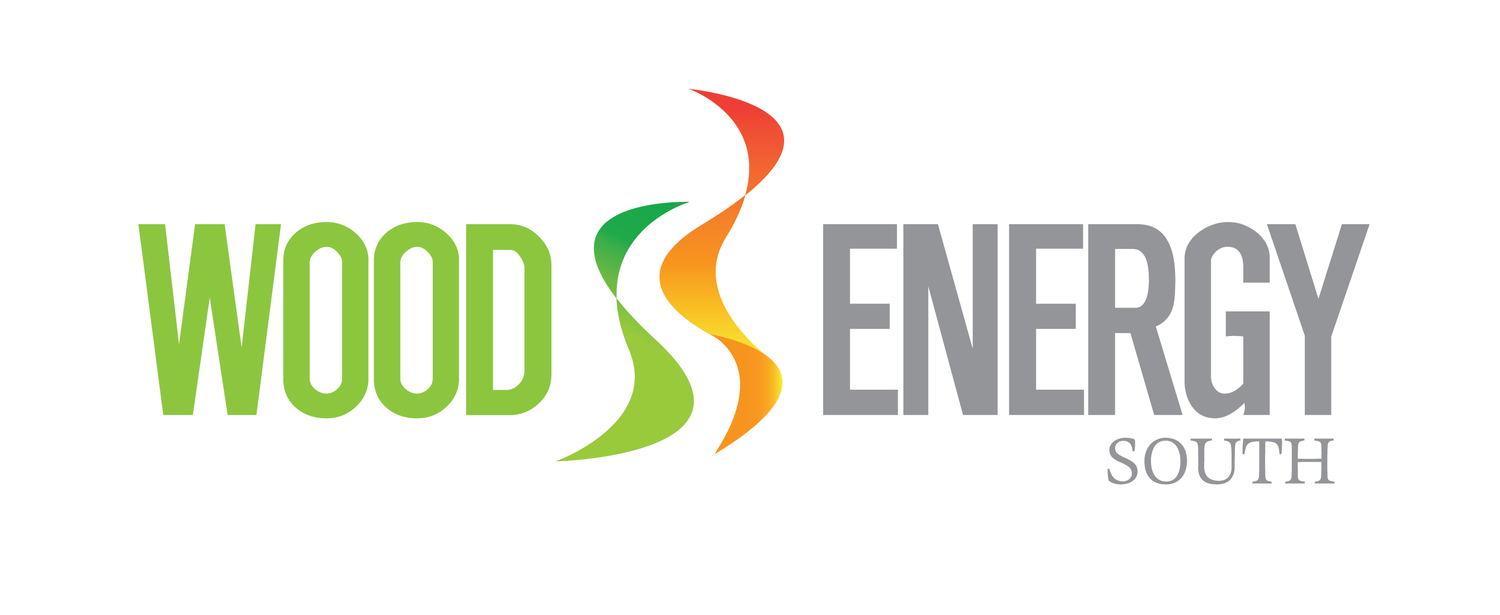Southland and Coast Otago Supply Studies
Southland already has established wood-fuel suppliers and end-users and supply chains have been established by Niagara and Findlaters sawmills. These suppliers provide a high quality fuel and have reasonable capacity to supply the market. However, the project is starting to receive interest from larger industrial users that require much large volumes of wood fuel. These parties have concerns with the long term security of supply and are unlikely to make any investment without having confidence in the supply over the next 20-30 years. The following reports will answer these types of questions
The objectives of the supply assessments are to:
- Provide business confidence to end users that there is sufficient future sustainable supply of wood fuel available in the Region.
- Describe the drivers for competing uses of wood, including: Woodfuel, medium density fibre board manufacturing and dairy industry building that may impact on the future fuel price stability and likelihood of this happening.
- Quantify the volume and location of residual wood resource available in the Southland Region.
- Understand what other biomass resources are available in the area that could be utilised as boiler fuel from short rotation crops (euycalptus), farm shelter belt clearings (as a result of dairy conversions) or other waste resources such as furniture makers and farm post manufacturers.
- Inform future strategic planning for a wood energy industry in Southland.
- Have a clear understanding of what this resource will look like in terms of green or seasoned chip, sawdust and quantify the energy content as a fuel source over time in its existing form.
- Have a clear understanding of future demand for wood fibre for non-energy related uses such as sawn timber and medium density fibreboards (MDF).
- Identify value adding opportunities for future forest lot owners in the biomass wood-fuel sector.
- Identify strategies to provide long term certainty for wood fuel supply.
Southland Residue Supply Assessment
One of the main concerns of businesses considering switching to wood fuels is security of supply. So when a business chooses to invest in new woodfuel boilers, they need to be sure that there will be sufficient supply of fuel for the next 25+ years. The Wood Energy South project identified this concern from the offset and commissioned to quantify the volume of waste wood in the South Otago and Southland Region.
More than 1 million tonnes of logs are harvested annually and this is projected to continue to increase at a rate of 2% pa over the next 30 years. A large majority of this is exported but a quarter (25%) of this harvest remains in Southland.
The report estimates the annual waste wood volume is currently 200,000 tonne and will increase to 600,000 tonne per annum over the next 30 years.
The Southland supply study can be downloaded here
South Otago Residue Supply Assessment
This report was prepared for Wood Energy South, Venture Southland and the Energy Efficiency Conservation Authority in July 2015. The report was commissioned to provide certainty to candidate industrial wood energy users within South Otago about the ongoing availability of wood residue as an energy source.
The assessment is focussed on South Otago. It evaluates the available woody biomass resources that are available within the region, highlights the challenges and constraints to enabling a supply network, identifies solutions to overcome likely constraints, identifies the most profitable and effective supply chains and provides a clear strategy to enable the sustainable delivery of wood fuel to potential industry users.
The South Otago supply study can be downloaded here

